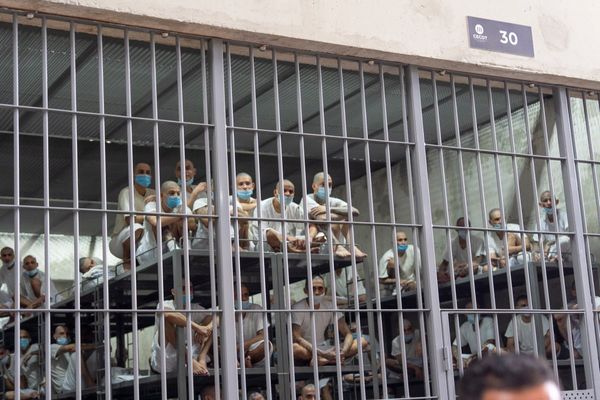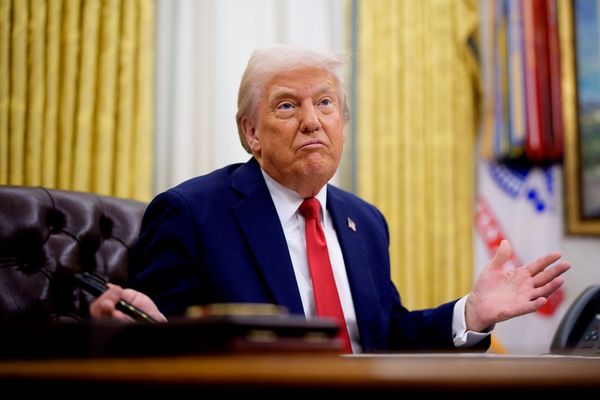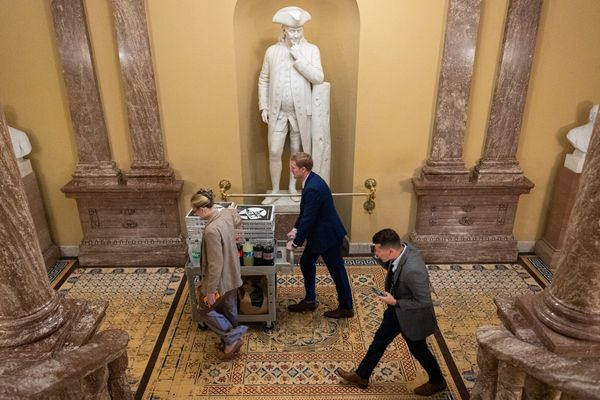
As early in-person and mail-in ballots flood in from all corners of the country, the level of voter enthusiasm is on the rise. Recent polling data indicates a neck-and-neck competition between former President Donald Trump and Vice President Kamala Harris, with the outcome likely hinging on their performance in seven crucial swing states: Pennsylvania, Georgia, Arizona, Michigan, Wisconsin, Nevada, and North Carolina.
Traditionally, certain groups such as military personnel and individuals with health conditions preventing them from visiting polling stations have been allowed to vote early. The eligibility for early voting was expanded in many states during the COVID-19 pandemic in 2020. Notably, in the previous presidential election, mail-in ballots tended to favor the Democratic Party, with 60% of Democrats opting for mail-in voting compared to 32% of Republicans, according to a 2021 study by the MIT Election Data and Science Lab.
With over 58 million ballots already cast nationwide as of Thursday afternoon, the early voting landscape in the battleground states is under scrutiny. States like Arizona, Nevada, North Carolina, and Pennsylvania are providing detailed breakdowns of early votes, including party affiliations. The surge in early voting over the past two decades underscores the growing trend of voter engagement.



While early voting numbers reflect voter enthusiasm, they do not definitively predict the election outcome, as fewer voters are anticipated to cast early votes compared to the previous presidential race. Polls suggest that approximately 40% of voters will turn up before November 5, according to Gallup polling.
This election cycle is expected to witness a less pronounced partisan divide in early voting compared to the previous election. Factors such as the diminishing impact of the COVID-19 pandemic and a shift in messaging from Trump and the GOP encouraging early voting among their supporters are likely to narrow the partisan gap in early voting results.
It is important to note that while early voting data provides insights into the party registration of voters, it does not disclose their actual voting choices. States withhold actual vote counts until election night, and the party affiliation of voters who have requested or returned a ballot may not align with their final vote. The complexity of voter behavior, including unaffiliated voters and those who may vote across party lines, adds layers of unpredictability to the electoral process.







